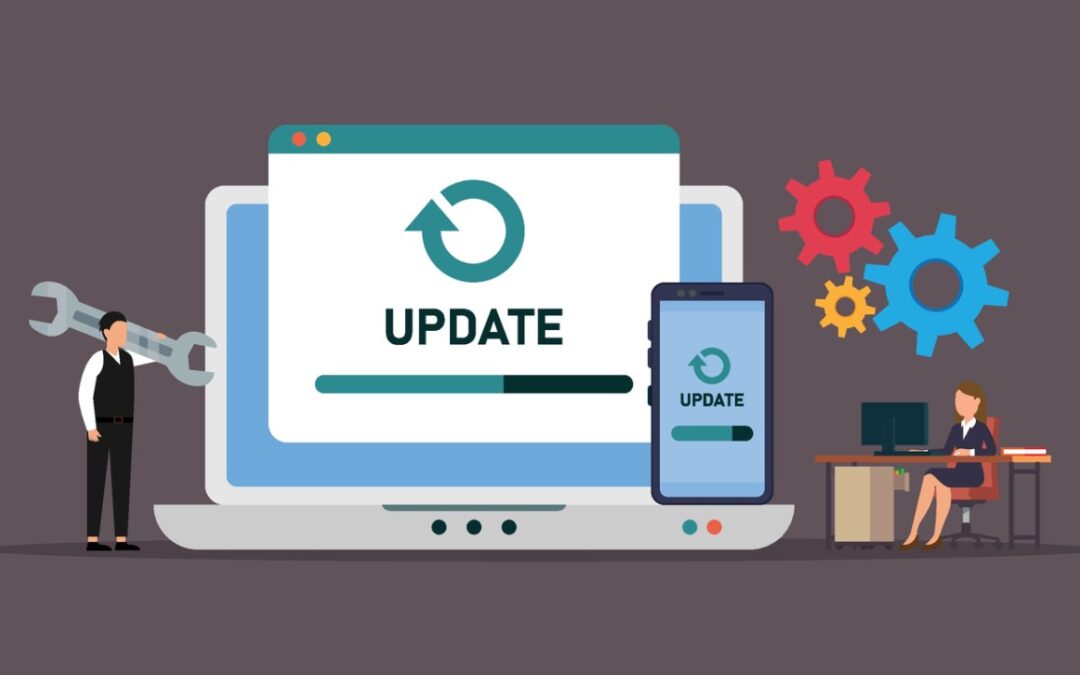Sunsetting a system (a.k.a. system changes) refers to the process of phasing out an older software or technology and transitioning to a new one. This can have both positive and negative effects on employees. Here are some key points to consider:
Positive Effects of System Changes
Enhanced Efficiency and Productivity
Improved Tools: Newer systems often come with advanced features and functionalities that can streamline workflows, reduce manual effort, and increase overall productivity.
Faster Performance: Modern systems are usually faster and more reliable, minimizing downtime and enhancing the user experience.
Better Security and Compliance
Up-to-date Security Measures: New systems typically include the latest security protocols, reducing the risk of data breaches and cyber attacks.
Compliance with Regulations: Upgraded systems help ensure compliance with the latest industry regulations and standards.
Increased Employee Satisfaction
User-friendly Interfaces: Modern systems often feature intuitive interfaces, making them easier and more enjoyable to use.
Reduced Frustration: Eliminating outdated, slow, or cumbersome systems can reduce employee frustration and increase job satisfaction.
Opportunities for Skill Development
Training and Growth: Transitioning to a new system often requires training, providing employees with opportunities to learn new skills and stay current with technological advancements.
Negative Effects of System Changes
Initial Disruption and Productivity Loss
Learning Curve: Employees may experience a temporary drop in productivity as they adapt to the new system.
Resistance to Change: Some employees may resist the change, preferring the familiarity of the old system.
Stress and Frustration
Adjustment Period: The transition period can be stressful, particularly if the new system is significantly different from the old one.
Technical Issues: Initial bugs or issues with the new system can cause frustration and hinder productivity.
Cost and Resource Allocation
Training Costs: Investing in training programs and resources for employees can be costly.
Implementation Costs: The process of sunsetting and implementing new systems can require significant financial and human resources.
Potential for Job Displacement
Redundancies: In some cases, newer systems may automate tasks that were previously performed manually, potentially leading to job displacement or the need for role redefinition.
Strategies for Mitigating Negative Effects of System Changes
Comprehensive Training Programs
Providing extensive training is essential to ensure employees are comfortable and proficient with the new system. According to a report by IBM, companies that invest in employee training see a 14% increase in productivity and a 10% increase in employee satisfaction . Effective training programs can significantly reduce the learning curve and enhance the overall transition experience.
Clear Communication
Clear and transparent communication is crucial during the transition period. A study by McKinsey & Company found that organizations with effective change management communication are 3.5 times more likely to outperform their peers . Communicating the reasons for the transition, the benefits of the new system, and the implementation timeline can help alleviate employee concerns and build trust.
Support Systems
Establishing robust support systems, such as help desks and troubleshooting resources, is vital for assisting employees during the transition. Research by Gartner indicates that companies with strong IT support systems experience 30% less downtime and 20% higher employee satisfaction . Providing readily accessible support can minimize disruptions and frustration.
Gradual Implementation
Considering a phased approach to implementation allows employees to gradually adapt to the new system. According to Prosci’s Best Practices in Change Management, 70% of successful change initiatives utilize a phased approach . This method helps to reduce the initial shock and allows for adjustments based on employee feedback and performance.
Feedback Mechanisms
Implementing mechanisms for collecting employee feedback and addressing concerns promptly is essential for a smooth transition. A survey by Deloitte revealed that organizations that actively seek and act on employee feedback experience a 24% increase in employee engagement . Regular feedback can help identify and resolve issues quickly, ensuring a more seamless transition process.
Conclusion on System Changes
By carefully managing the transition and providing adequate support, organizations can maximize the positive effects of sunsetting systems while minimizing the negative impacts on employees.


Recent Comments